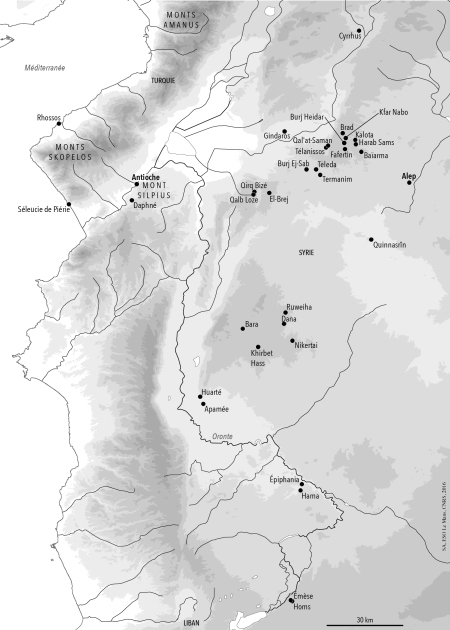Introduction
The religious way of life generally known as monasticism, from the Greek monachos, is an active ingredient of Christian life and history. It springs from Jesus's life as found in the Gospel. This phenomenon appeared simultaneously in Egypt, Syria, Mesopotamia and Asia Minor in the 4th century and went on spreading until the 7th century. It found diverse and varied expressions yielding a range of life styles that fall into two categories: eremitism or solitary life and cenobitism or communal life. Life in communities gradually became the norm without wholly displacing eremitism. The cenobitic life that developed within monasteries and convents was shaped by a rule or specific convention defining each order or monastery's mission. An order brings together the monasteries abiding by the same rule also known as constitution.
Growing from its Eastern Mediterranean centres, the monastic tradition spread north and west, sprouting diverse offshoots, the Benedictine way best known among them. This monastic tradition lives on; it has been a ferment reviving Christianity. In the East, monasteries were and still are cultural hubs. They housed libraries and manuscript transcription rooms. They preserved and disseminated science and knowledge, notably via the extensive translation activity through which, between the 7th and 9th centuries, the Syriacs ensured the passage of Greek science and philosophy to Muslim Arabs before they reached Latin Christendom. The monks also helped improve agricultural techniques to advance clearing and irrigation thus increasing arable acreage and the resulting yields. Thus did monks contribute to the development of rural life, which fostered the construction of villages in the vicinity of monasteries. They further developed several forms of exchange between city an countryside.
 Informations[1]
Informations[1]Lebanon is home to a number of monastic male and female orders which have endured since Antiquity. The first printing press in the Middle East was set up in the Monastery of Saint Anthony of Qozhaya. The first printed publication in the Ottoman Empire came out in 1610. The monastery of the Kadisha Valley (meaning the Holy Valley, situated in the north of the country) had become an episcopal see in the Middle-Ages. Bishop Germain Farhat[2] (1650-1732) of the Lebanese Maronite Order was a forerunner of the Nahda, the movement of rebirth of Arab letters that flourished in the 19th century.







